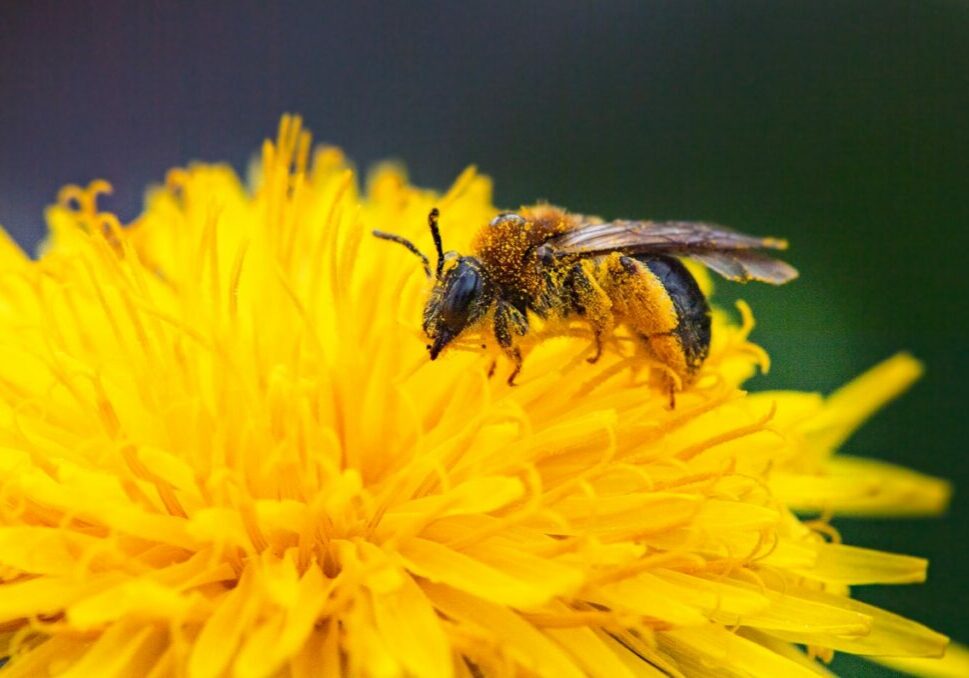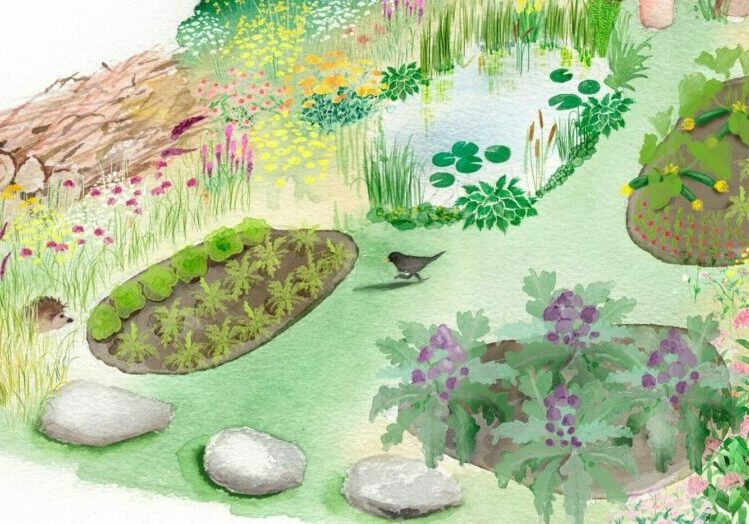The threats to bees have been well publicised, along with the consequences of the decline of these essential pollinators. Pesticides, habitat loss and climate change have already caused some species to go extinct. But without them, ecosystems suffer and food production can be affected.
It’s not just bees that pollinate plants, however. And these other insects need our help too. Moths, butterflies and hoverflies are among the pollinators that maintain healthy ecosystems, and by choosing the right plants for your garden or windowbox you can provide them with the food they need.
Pollinators need a range of different flowers to feed from. While most common species of bee are generalist feeders, meaning they’re not fussy about the blooms they visit, others have more specific requirements.

© OLA JENNERSTEN / WWF-SWEDEN
The bilberry bumblebee, for example, feeds almost exclusively on the flowers of its namesake plant. Other bees are closely associated with dandelions, white deadnettle and red clover – plants generally regarded as weeds. All we have to do to help is to resist the urge to pull up these unloved flowers and allow them a little space in our gardens to bloom.
Wildflowers such as scabious, knapweed, bird’s foot trefoil and ox-eye daisy support a range of pollinators, but garden cultivars can be just as valuable.
Another thing the wildlife-friendly gardener should consider is the shape of a pollinator’s mouthparts, as this determines the type of flowers it can visit. Bees, butterflies and moths suck nectar through a straw-like proboscis. The length of this tube varies with each species – that of the honeybee is quite short, while in some bumblebees, moths and butterflies it can be impressively long.
Gardener’s friends
Six species to spot in your garden, window box or park
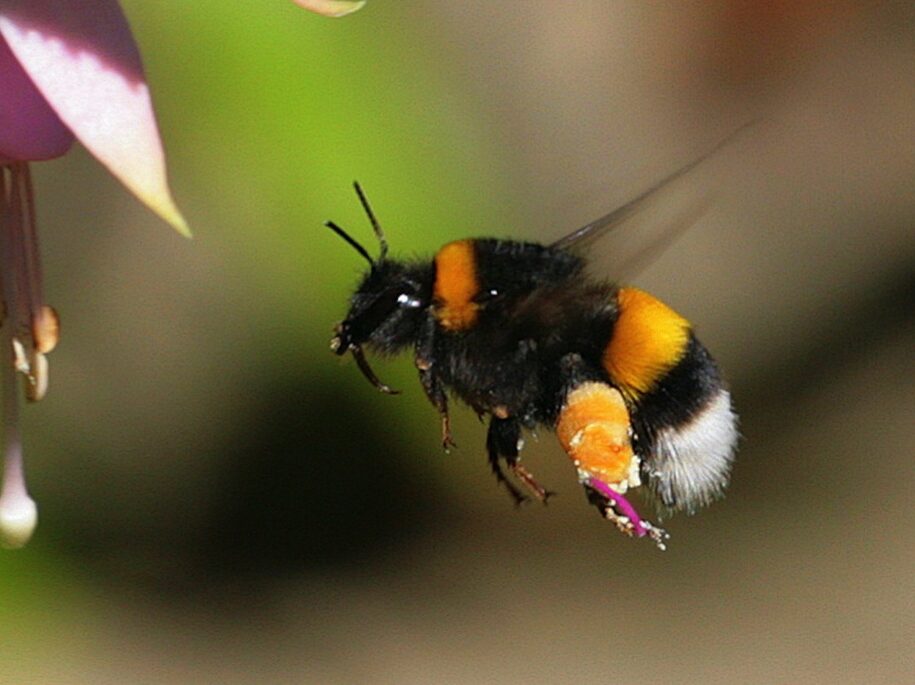
Buff-tailed bumblebee (Bombus terrestris)
A common bumblebee, with a dark-yellow band on the thorax and abdomen. The large queen has a distinctive buff tail. It nests in colonies of up to 300 in old mouse holes and beneath sheds. Flies February to August.

Elephant hawkmoth (Deilephila elpenor)
Nocturnal, this large pink and brown moth feeds on honeysuckle and other tubular flowers. It’s attracted to light. The caterpillar has distinctive markings resembling an elephant.
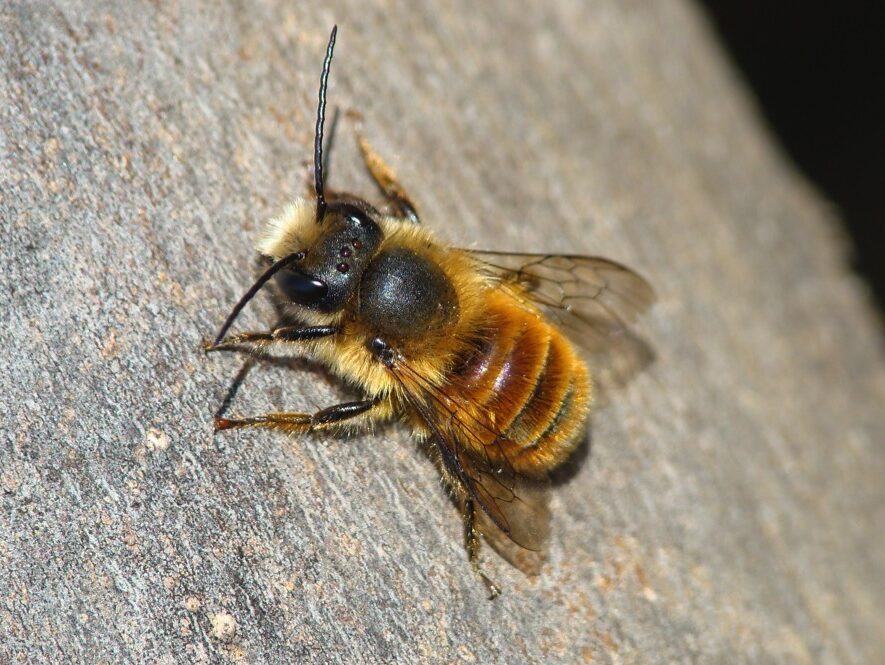
Red mason bee (Osmia bicornis)
A solitary bee covered in dense, gingery hair. Females often nest in bee hotels, laying eggs singly in ‘cells’ of mud, which they stock with pollen. In autumn, the larvae pupate in the nest until the following spring. Flies March to June.
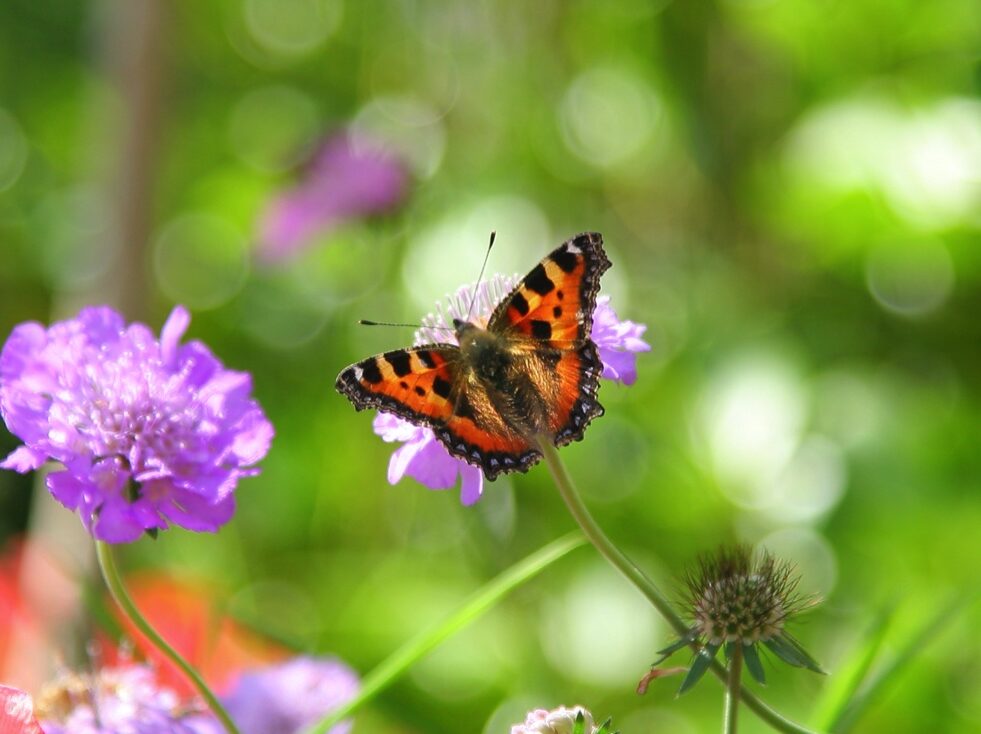
Small tortoiseshell butterfly (Aglais urticae)
A beautiful, common but declining butterfly with orange, yellow, blue and black markings. Adults feed on a range of nectar-rich flowers, and their caterpillars feed on nettles. Flies March to October.
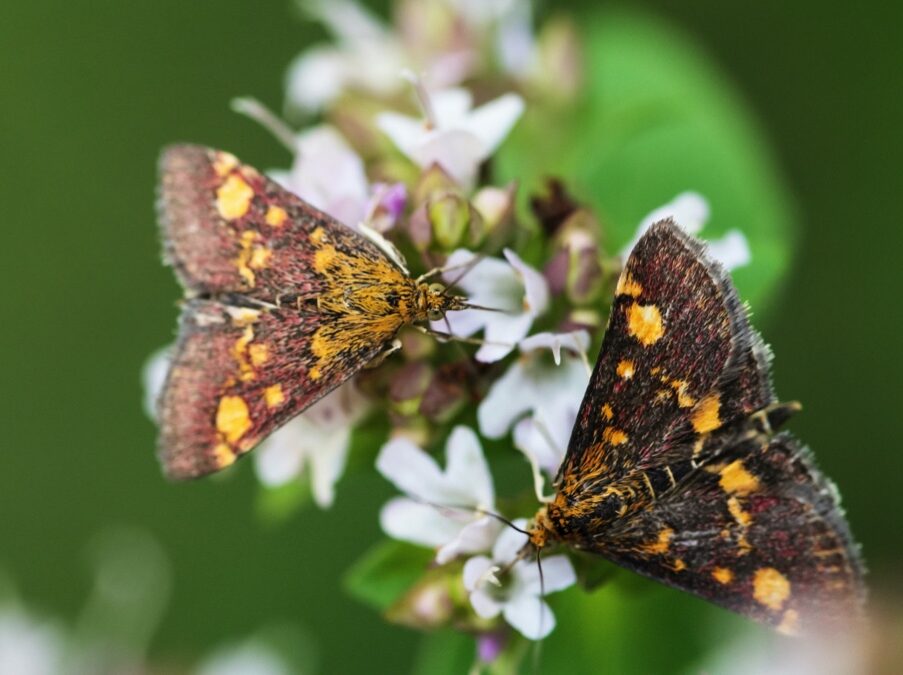
Mint moth (Pyrausta aurata)
A tiny, purple-brown moth with yellow markings. Breeds on mints, such as lavender, mint and catmint. Adults rest on the foodplants during the day, and flutter if you disturb them. Flies April to September.
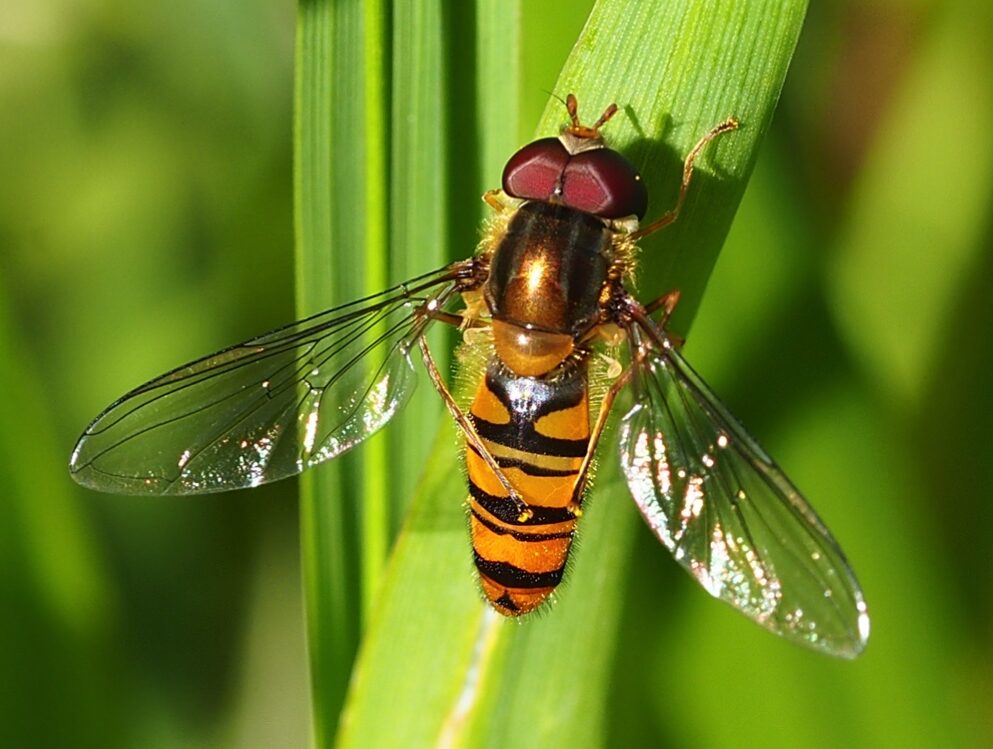
Marmalade hoverfly (Episyrphus balteatus)
A common hoverfly with an orange body and black, ‘moustache’-like bars. It feeds on a variety of flowers but favours umbellifers such as fennel, and daisy-type blooms. Its larvae eat aphids. Flies March to November.
Species with elongated tongues will visit blooms with deep flower tubes, such as honeysuckle, foxglove and red clover. Those with a shorter proboscis are restricted to bowl-shaped flowers such as cranesbill, and flat, daisy-type blooms, such as ox-eye daisy, fennel and white clover, which allow them to access the nectar easily.
Hoverflies have a sponge-like proboscis they use to dab flowers to absorb the nectar and pollen. They also require flat blooms, which enable them to rest on the flower while feeding. Planting a wide variety of flowers that will bloom for as long as possible is key to supporting the greatest number of pollinators on your patch.
How to help
Simple steps you can take to support pollinators everywhere
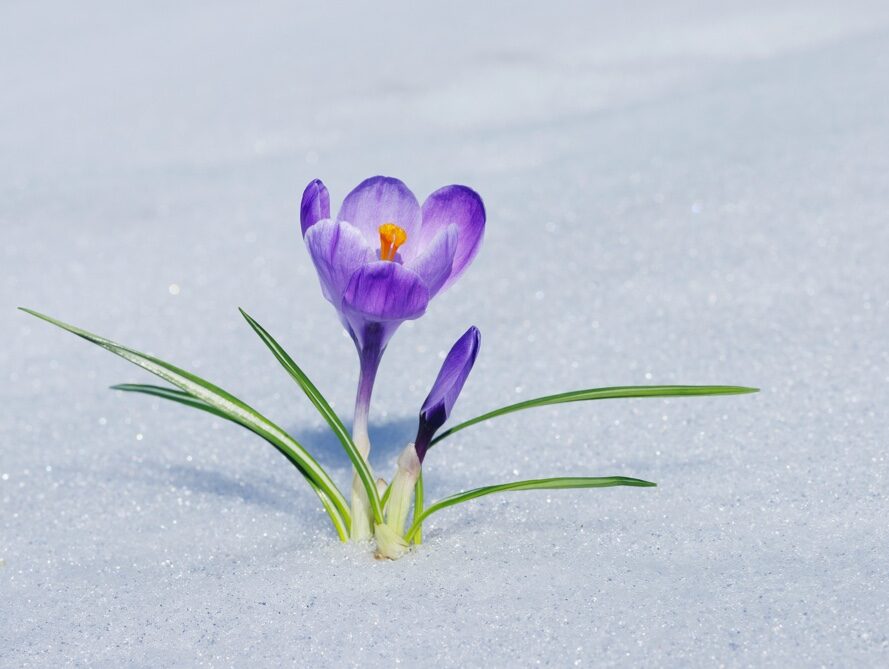
Extend the growing season
Grow flowers from March to November, longer if possible (especially if you live in the south). Start the year with bulbs such as crocuses, snowdrops and aconites, and end it with winter-flowering clematis and honeysuckle.
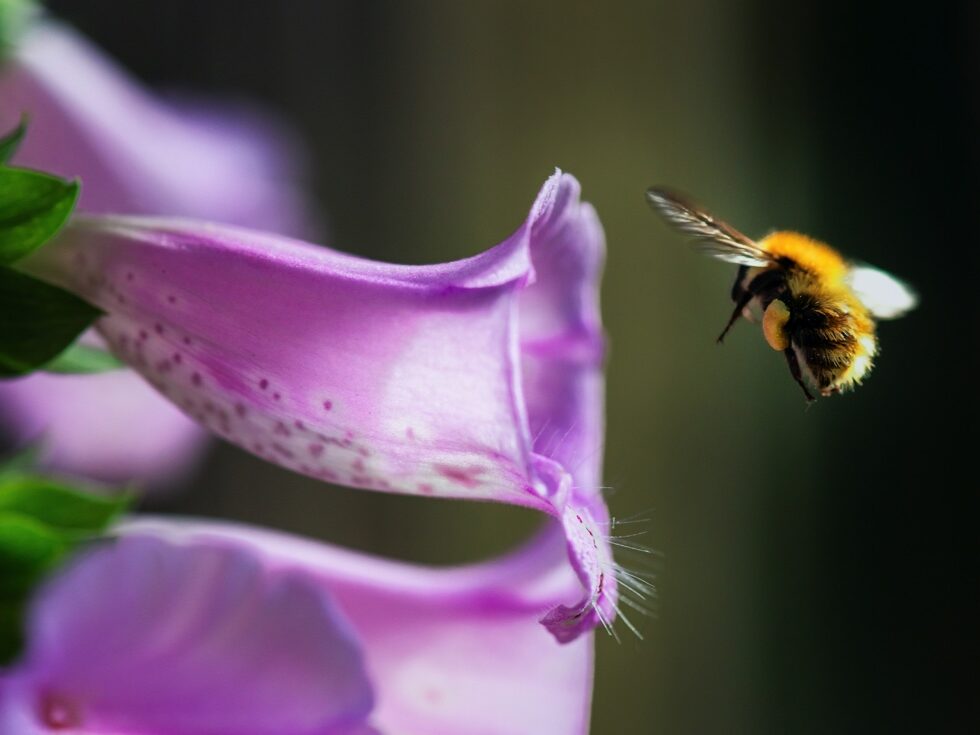
Keep it varied
Grow a wide range of plants with different-shaped flowers. Grow daisy-like blooms such as marguerite and chamomile, tubular flowers such as honeysuckle and foxglove, bowl-shaped blooms such as cranesbill and poppies, and flat, plate-like fennel and Verbena bonariensis.
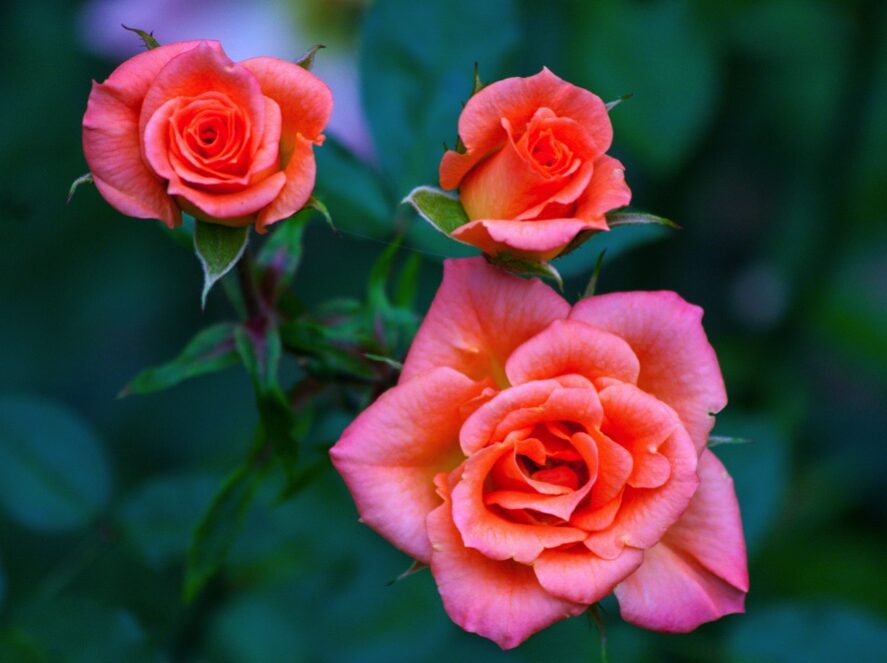
Make it easy
Select single bloom over double-bloom flowers. Some varieties of dahlias and roses, for example, have extra petals – but they’re like a closed shop for pollinators, which can’t reach their pollen and nectar.
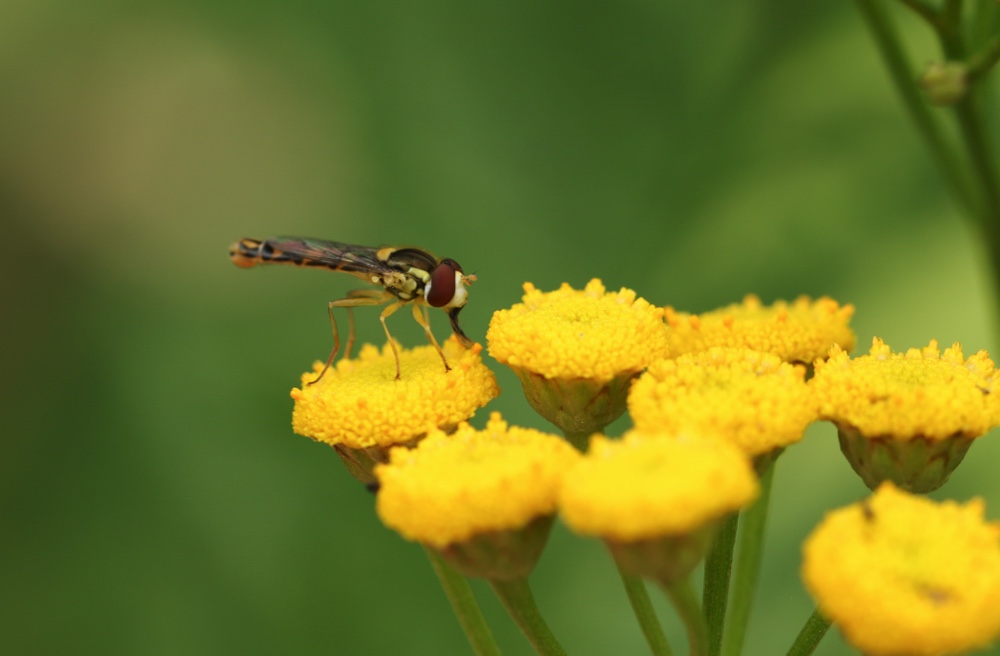
Steer clear of chemicals
Avoid using pesticides. The use of neonicotinoids has been partially banned, but these chemicals are still used in horticulture, including bug sprays. Some plants purchased from garden centres contain neonicotinoids, so choose carefully where you buy plants. You can also make your own natural spray out of neem oil, which contains 50 insecticides.

Shop sustainably
Buy organic food, which is grown without synthetic fertilisers and pesticides, so pollinators can feed without being exposed to harmful chemicals. What’s more, organic farms tend to be more nature friendly, so you’re not only supporting bees but whole ecosystems.

Be a good host
Make bees and other beneficial minibeasts more welcome in your garden by providing an insect hotel. Include lengths of bamboo, twigs and stems, grass seed heads, pine cones, leaves and lichen and remember to clean it out every year in winter.
It’s also important to cater for the complete life cycle of different pollinators. While adults consume pollen and nectar, their larvae may have different needs. The caterpillars of butterflies and moths eat leaves, while the larvae of most hoverflies munch on aphids.
Herbaceous plants such as nettles, bird’s foot trefoil, cuckoo flower and honesty feed the caterpillars of many common butterflies, while shrubs and trees such as hawthorn, buckthorn, silver birch and oak can support the life cycles of huge numbers of moths. By growing just one or two additional caterpillar foodplants in your garden, you can make a huge difference to pollinators.
• This is an edited version of an article that originally appeared in WWF Action magazine in 2019.
More to explore

Everyday ways you can help the planet
You’re already a hero to us, but are you a green hero as well? Follow our top tips to enjoy an even more sustainable lifestyle
